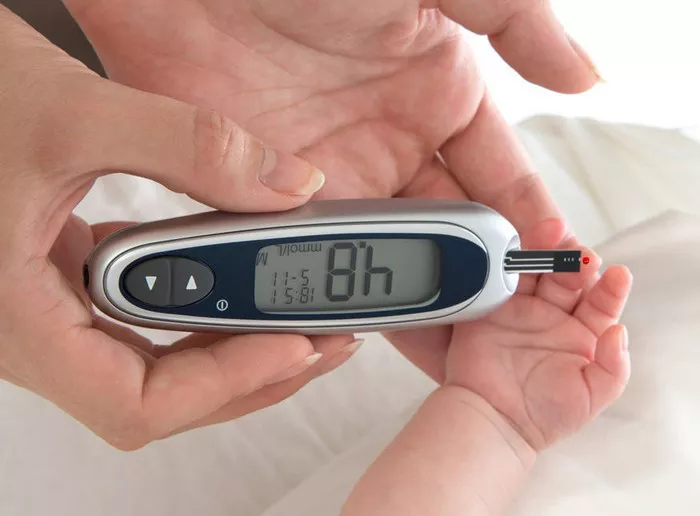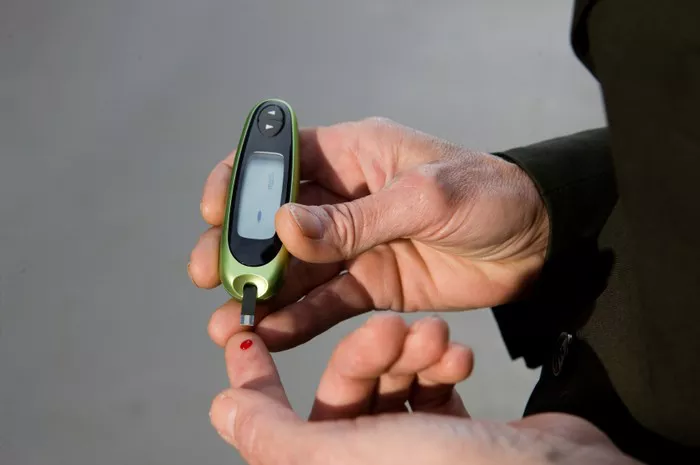Hypoglycemia, characterized by abnormally low blood glucose levels, is a critical condition that requires prompt intervention to prevent serious complications. One of the most effective treatments for severe hypoglycemia is the administration of Dextrose 50% (D50), a concentrated glucose solution. This article provides an in-depth exploration of when and how to use D50 for managing hypoglycemia, including indications, administration procedures, and monitoring strategies.
Understanding Hypoglycemia
Hypoglycemia occurs when blood glucose levels drop below the normal range, typically below 70 mg/dL. It can result from various factors, including medication side effects, insulin overdoses, prolonged fasting, or underlying health conditions. Symptoms of hypoglycemia may include:
- Shakiness
- Sweating
- Confusion
- Dizziness
- Irritability
- Weakness
Severe hypoglycemia can lead to loss of consciousness, seizures, and, if untreated, coma. Rapid and effective treatment is essential to prevent adverse outcomes.
Indications for D50 Administration
D50 is a highly concentrated glucose solution (50% dextrose in water) used to rapidly elevate blood glucose levels in severe hypoglycemia. It is typically administered intravenously, making it suitable for cases where oral glucose or other interventions are not feasible. The following conditions warrant the use of D50:
Severe Hypoglycemia
D50 is indicated when a patient presents with severe hypoglycemia, particularly when blood glucose levels are critically low (e.g., below 40-50 mg/dL) and the patient is symptomatic. Severe hypoglycemia may present with:
Unconsciousness: Patients who are unresponsive or have impaired consciousness.
Seizures: Patients experiencing seizures due to low blood glucose.
Inability to Swallow: Patients who are unable to safely consume oral glucose due to altered mental status.
Failure of Initial Treatment
In cases where initial hypoglycemia treatment with oral glucose or less concentrated glucose solutions (e.g., Dextrose 10%) is ineffective or not possible, D50 may be required. Indications for D50 in this context include:
Persistent Symptoms: Ongoing symptoms despite the administration of oral glucose or other treatments.
Inadequate Response: Lack of adequate blood glucose increase after initial treatment.
Critical Situations
D50 is used in critical situations where rapid glucose administration is essential to prevent severe complications. These situations include:
Emergency Settings: In emergency settings such as emergency departments or pre-hospital care, where immediate action is needed.
Hospitalized Patients: In hospitalized patients who are critically ill or undergoing procedures that impact glucose regulation.
Administration of D50
Administering D50 requires careful consideration of dosage, monitoring, and potential side effects. The following guidelines provide a comprehensive approach to D50 administration:
Dosage and Administration
Standard Dosage: The standard dosage of D50 is typically 25-50 mL administered intravenously. The exact dosage may vary based on the patient’s condition and response to treatment.
Rate of Administration: D50 should be administered slowly to avoid potential complications such as hyperglycemia or vein irritation. The infusion rate is usually 10-20 mL/min, but this may be adjusted based on clinical judgment.
Administration Procedure
Intravenous Access: Ensure that proper intravenous access is established before administering D50. Use an appropriate-sized needle or catheter to avoid complications.
Monitoring: Continuously monitor blood glucose levels during and after D50 administration to assess the effectiveness of treatment and prevent hyperglycemia.
Follow-Up Care: After initial treatment with D50, additional interventions such as oral glucose or insulin adjustments may be required to stabilize blood glucose levels.
Monitoring and Follow-Up
Monitoring is critical to ensure that hypoglycemia is effectively managed and to prevent complications. Key aspects of monitoring include:
Blood Glucose Monitoring
Immediate Monitoring: Check blood glucose levels immediately before and after D50 administration to gauge the effectiveness of treatment.
Frequent Checks: Continue to monitor blood glucose levels at regular intervals following treatment to ensure stabilization and prevent rebound hypoglycemia or hyperglycemia.
Clinical Assessment
Symptom Resolution: Assess the resolution of hypoglycemic symptoms and the patient’s overall condition.
Neurological Status: Monitor the patient’s neurological status, including consciousness level and cognitive function, to detect any residual effects or complications.
Potential Complications and Considerations
While D50 is an effective treatment for severe hypoglycemia, it is important to be aware of potential complications and considerations:
Hyperglycemia
Rapid administration of D50 can lead to hyperglycemia, particularly in patients with impaired glucose regulation. Monitor for signs of hyperglycemia and manage as needed.
Vein Irritation
D50 is a hypertonic solution and can cause vein irritation or damage if administered too quickly or through a small catheter. Use larger veins and appropriate infusion rates to minimize the risk.
Rebound Hypoglycemia
After initial treatment with D50, there is a risk of rebound hypoglycemia if underlying causes are not addressed. Follow-up with oral glucose or other interventions may be required to stabilize blood glucose levels.
Prevention and Management of Hypoglycemia
Preventing hypoglycemia is crucial for individuals at risk, including those with diabetes or other conditions affecting glucose metabolism. Strategies for prevention include:
Regular Monitoring: Monitor blood glucose levels regularly to detect and manage fluctuations.
Dietary Management: Maintain a balanced diet with regular meals and snacks to prevent hypoglycemia.
Medication Management: Adjust medications as needed to prevent hypoglycemia, especially in patients with diabetes.
Special Considerations
Certain populations and conditions require special considerations when managing hypoglycemia with D50:
Pediatric Patients
Dosage Adjustments: In pediatric patients, the dosage of D50 should be adjusted based on weight and clinical condition. Consult pediatric guidelines for specific dosing recommendations.
Monitoring: Frequent monitoring is essential to ensure safety and effectiveness in children.
Pregnant Patients
Safety Considerations: In pregnant patients, assess the benefits and risks of D50 administration. Consider alternative treatments and consult obstetric guidelines as needed.
Patients with Comorbid Conditions
Adjustments: In patients with comorbid conditions such as renal or hepatic disease, adjust the dosage and monitoring protocols to account for altered glucose metabolism and potential complications.
See also: What Is Type 2 Hypoglycemia?
Conclusion
The administration of D50 for severe hypoglycemia is a critical intervention that requires careful consideration of indications, dosage, administration procedures, and monitoring. By understanding when and how to use D50 effectively, healthcare providers can ensure rapid and safe management of severe hypoglycemia, preventing complications and improving patient outcomes.
Effective management of hypoglycemia involves a holistic approach that includes not only the use of D50 but also ongoing monitoring, prevention strategies, and tailored interventions based on individual patient needs. By employing these strategies, healthcare providers can successfully address severe hypoglycemia and support overall health and well-being.
Related topics:
What Age is Hypoglycemia Most Common

























